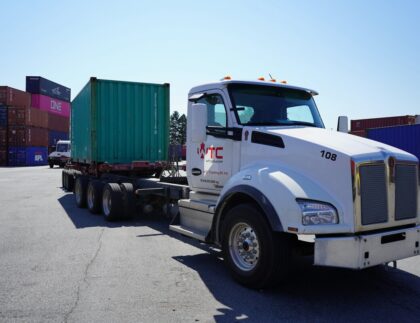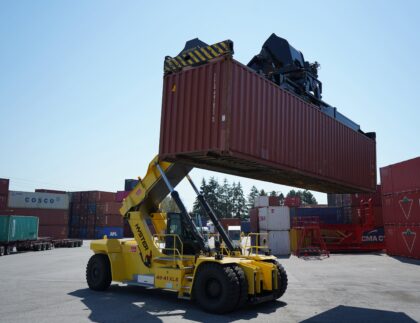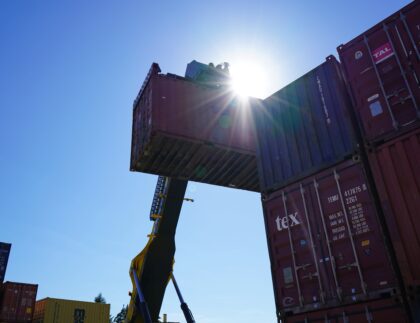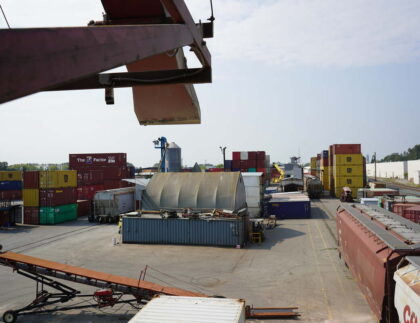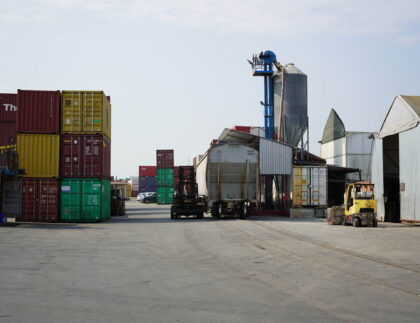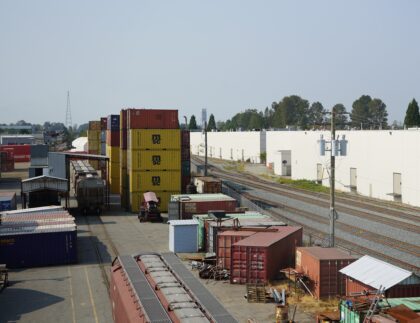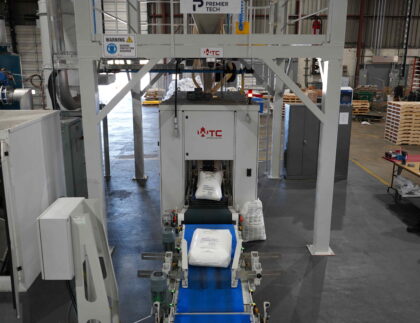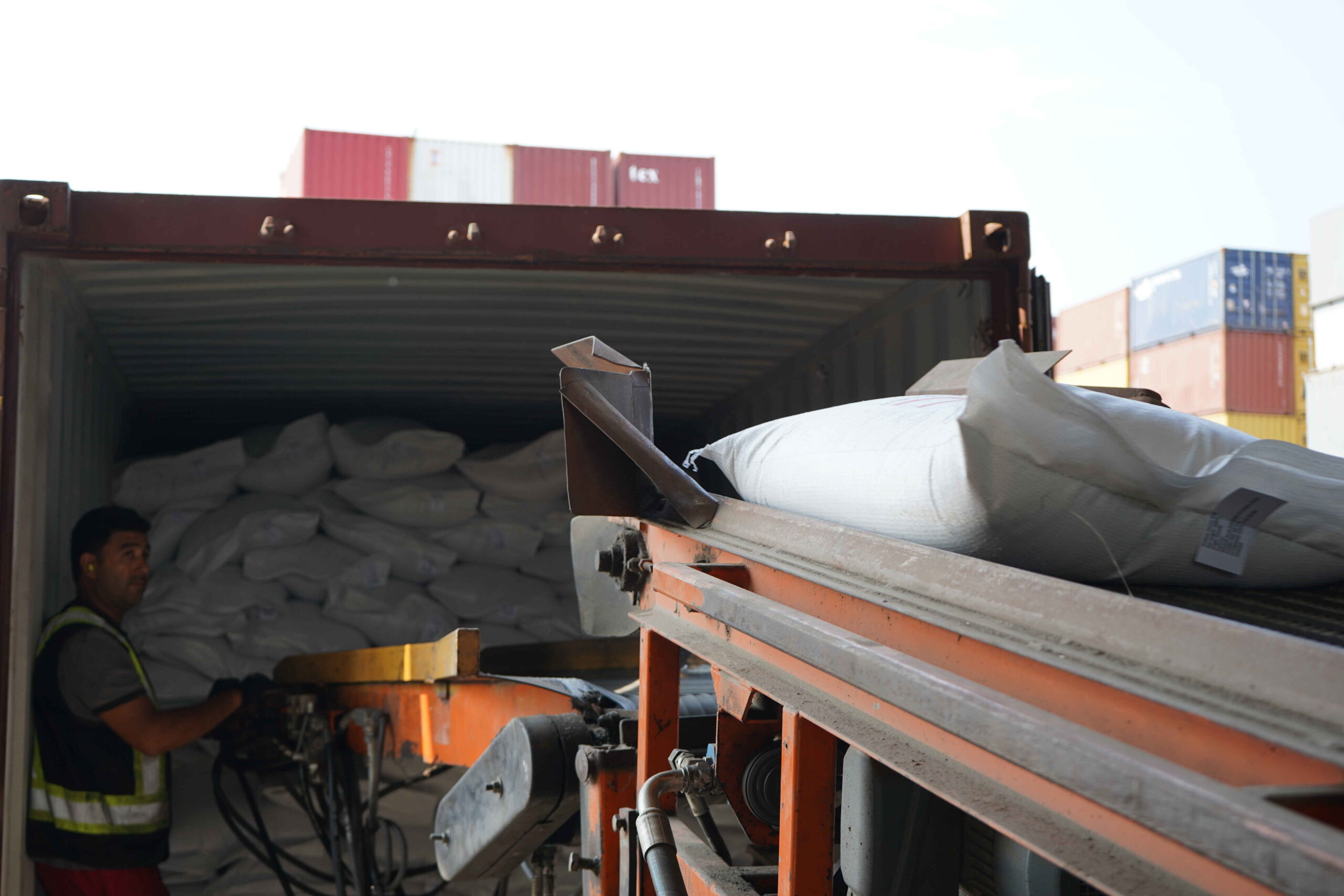
How Canada’s Grains and Crops Get to Where They’re Needed
According to the Observatory of Economic Complexity (OEC), in 2020, Canada exported $7.13B in wheat. Canada was the 2nd largest exporter of wheat in the world. Just a few months ago, Prime Minister Justin Trudeau announced that Canada would provide a more significant commitment to addressing global food and nutrition needs. As a result, it’s anticipated that the acreage devoted to Canadian wheat will increase by 7% this year. Canada’s Minister of Agriculture also announced new investments to support farmers so they could export more grains and crops to international markets. All this sounds great, but it takes much more than wheat production to serve the global community!
Wheat Exports in Canada
A report from S&P Global indicates that in 2021, Canada only produced about 4.5% of the world’s wheat, but it accounted for 7.7% of all global wheat exports. That figure is likely closer to 12% in 2022. The wheat grown in Alberta, Saskatchewan, and Manitoba tends to be exported to Southeast Asia, China, Indonesia, and Japan. OEC reports the United Arab Emirates and New Zealand as some of the fastest-growing import markets for Canadian wheat.
Grain Exports from Canada
Wheat isn’t the only crop Canada ships to other countries, but it is one of the largest. Data from Statistics Canada indicate that canola is another commodity that is exported at the rate of over 12M tonnes per year. Combining the annual exports of oats, barley, rye, flaxseed, and malt, on average, Canadian farmers ship over 4M tonnes of grain each month to ports worldwide. The volume of commodities that move through the ports of Canada is pretty astounding.
Why Does the World Need More Grains?
The global market is hurting for many reasons, but one key element of a lack of commodities. These two countries account for almost 30% of global wheat exports and nearly 20% of corn exports. Without their contribution to the global economy, the countries that rely on those shipments are looking for other sources. In addition, many communities already deal with food insecurity. The situation in Russia and Ukraine has merely exacerbated the problem that was already stressed because of the pandemic.
Supporting the Global Food Supply Chain
Farmers can grow more to support global food needs, but logistics service providers move the product to where it needs to go. From the farm to the railcars, from the ports to its final destination, transloading is the method that gets grains and crops to the producers and markets where it can have the most impact.
WTC Group has the facilities and technology to move grains from anywhere in Canada to the far reaches of the globe. We can take bulk deliveries and transfer them to containers for shipment to help humanitarian efforts or to go to manufacturers that produce other products. Our network of carriers includes truck services, rail services, and ocean freight. We move over 2,000 containers per month through our terminals. Our experience and relationships with our carriers give us an edge with premium-tier rates and help our customers in overcoming challenges. WTC’s investments in infrastructure have increased our capability, not only physically but digitally as well.
Contact our team to get more information about how we can help get your product to an international market efficiently and cost-effectively.



